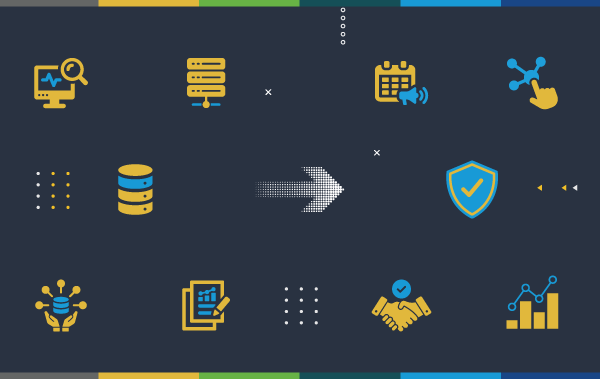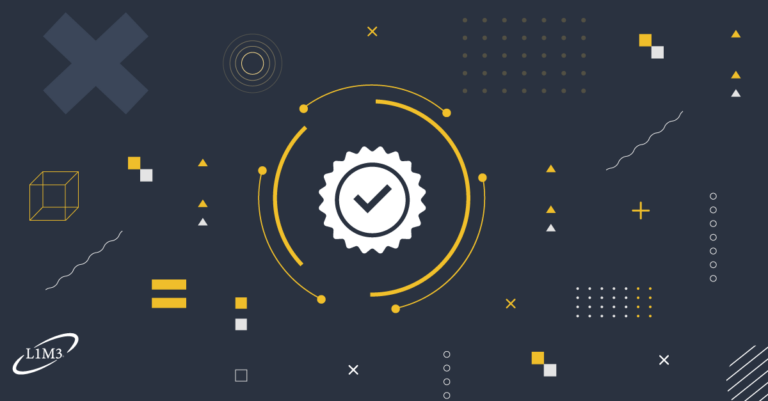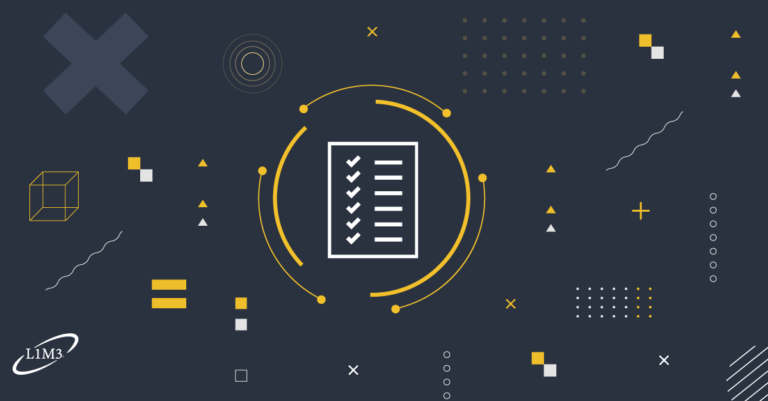Ding. Buzz. New email in inbox. Ding, Ding, DING!
What’s that noise? Yes, it’s another alert, most likely one of hundreds (or more!) you could see today.
On a good day, they’re a mild nuisance. On a bad day, they’re painfully distracting, forcing you to surrender your precious time to seeing if these alerts are even worth investigating.
At Loop1, we believe the truth is in sight, and you just need to look at it through different eyes. In the thick of alert noise, we’re going to challenge you to look at noise completely differently – in a way where they can actually serve you and bring you valuable insights.
Here are 6 benefits you could enjoy, right now, if you started working on customizing your alerts to work for you, not the other way around:
- Reduce False Alerts – When you purchase SolarWinds, you may not realize that it comes with 100+ alerts already enabled. Simply put, if you don’t customize the defaults, your world will be very noisy. Getting a handle on alert noise gives you the reassurance that when you receive an alert, it’s important.
- Create Actionable Alerts – When you customize your alerts to your needs, you can also enable them to tell you when action is needed – and when it’s not. For example, if your memory is too high, your alerts can be configured to show which processes are actually consuming the memory, giving you helpful intel to remediate the issue quicker.
- Improve Alert Management – Many SolarWinds admins find themselves as an alert order taker, configuring one-off alerts for every person who requests one. Pretty soon, you’re managing a platform with several 100 different alerts. Getting a handle on “alert sprawl” will help you reduce duplicate alerts as well as reduce unnecessary overhead on the database back-end of the platform be limiting the number of alert.
- Create Alert Tracking – When you’re suffering from alert noise, every alert is a squeaky wheel. But, you can minimize noise by prioritizing which ones are high priority, creating fewer alerts that are smarter. Plus, tracking such as custom reports and dashboards help you see where the repeat offenders are.
- Customize a Logical Escalation Protocol – Getting a handle on alert noise can also enable you to have an escalation process in place. For example, if a Microsoft SQL server crashes, it can prompt an alert to the right person. If that person doesn’t acknowledge or remediate the alert after a period, the protocol can resend the alert or trigger an alert to a secondary person.
- Clear the Way for Trend Analysis – Most professionals who are bombarded by alert noise aren’t analyzing trends. When you clear your life of unnecessary alerts, you’re paving the way to being more proactive and preventing problems.
Ready to learn more about preventing alert noise? Watch our webinar at: https://youtu.be/LzDIA8hrOeA










